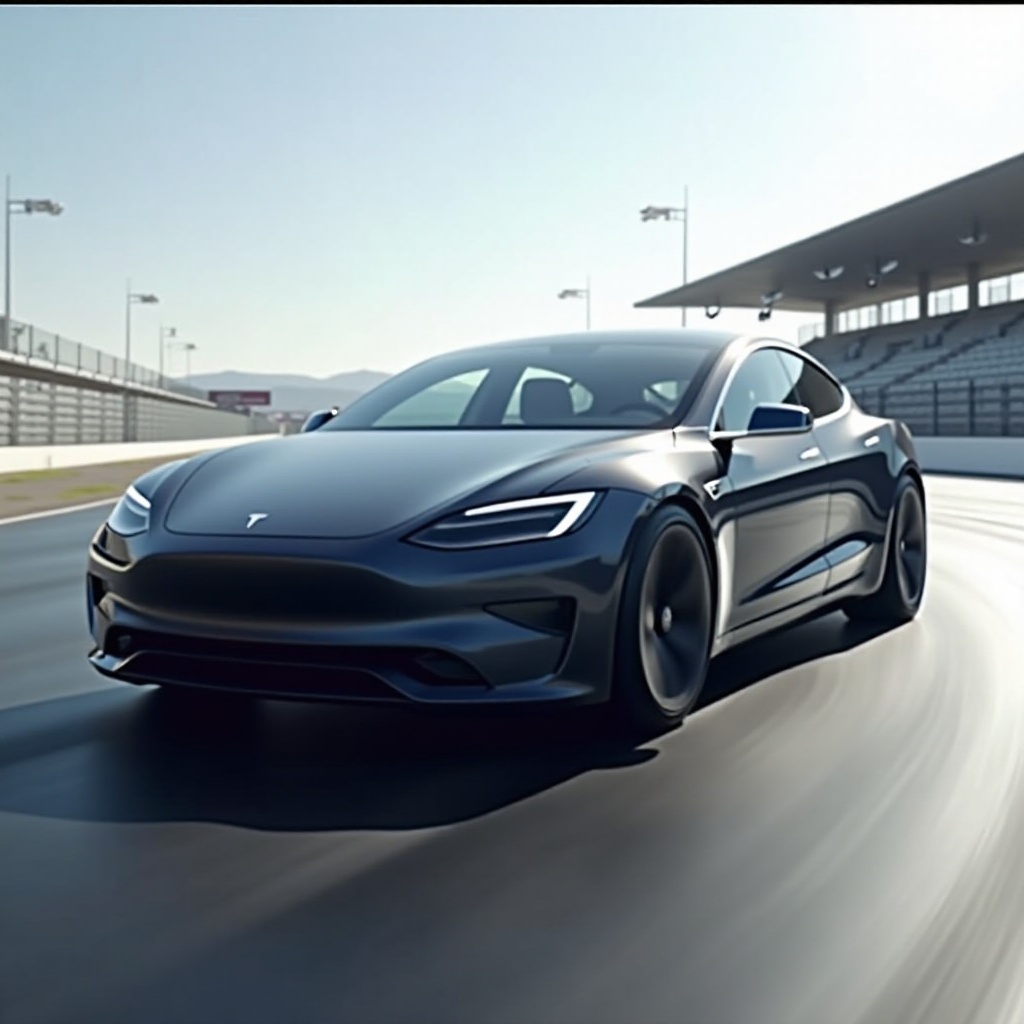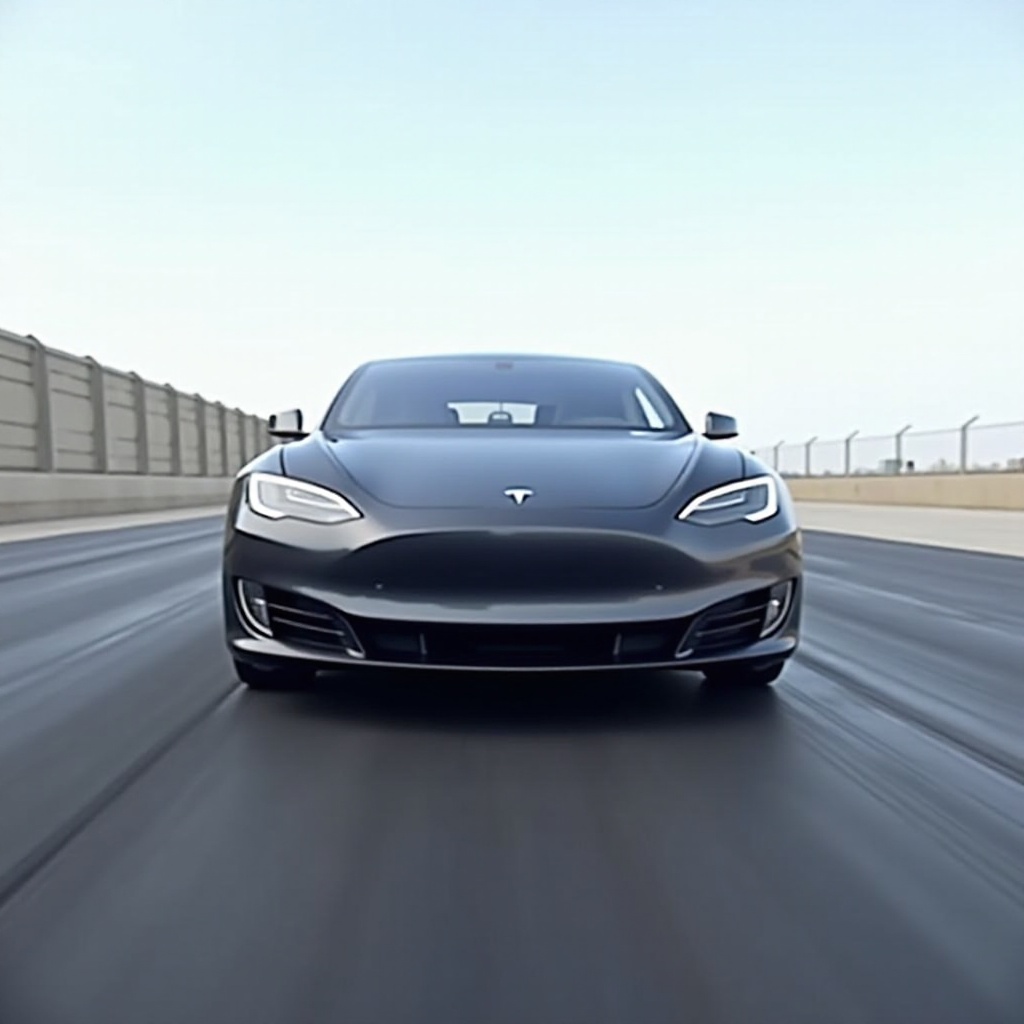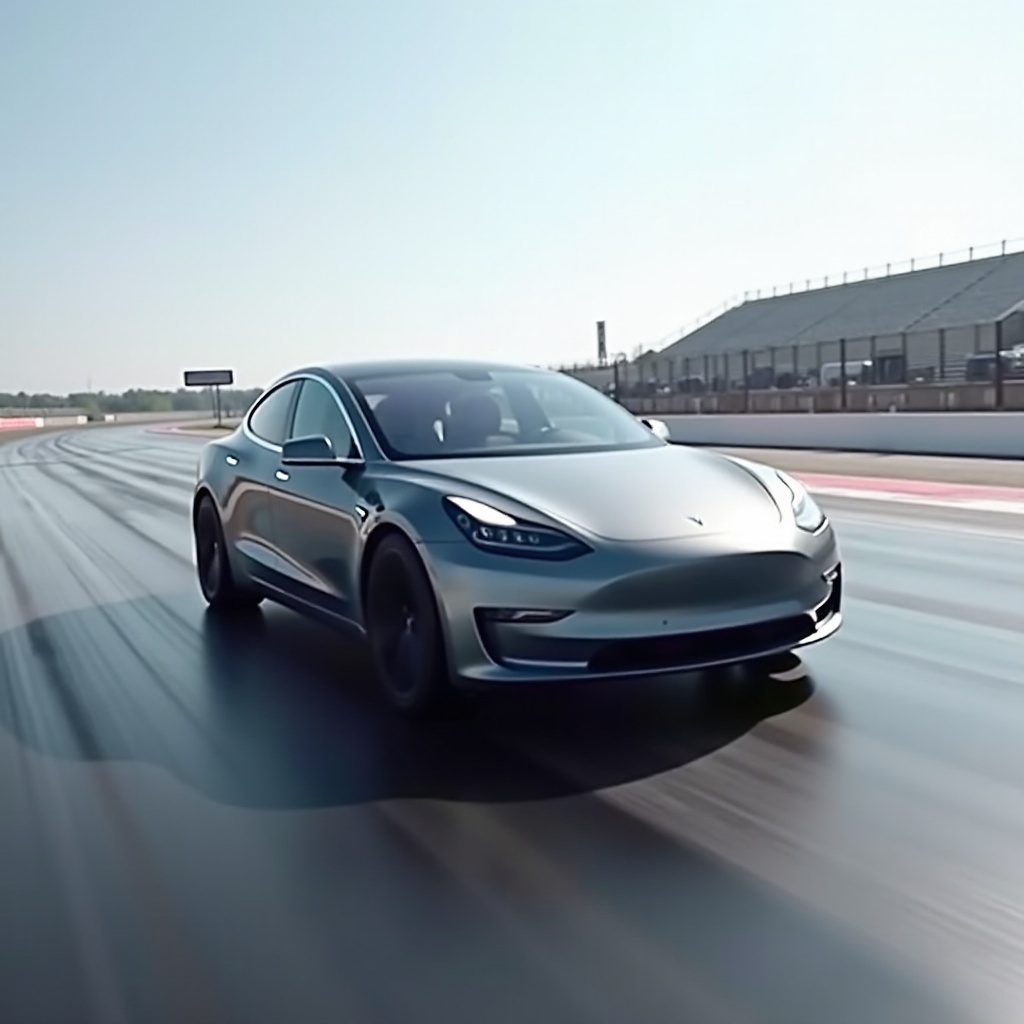Introduction
The Tesla Model 3 Long Range has rapidly become a favorite among electric vehicle (EV) enthusiasts for its combination of performance, range, and relatively affordable pricing. One of the key metrics that potential buyers and automotive enthusiasts often consider is the quarter mile performance. This performance measure illustrates how quickly a car can cover a quarter-mile distance from a standstill, providing insight into its acceleration capabilities. In this blog, we will delve deep into the Tesla Model 3 Long Range’s quarter mile performance, its specifications, comparison with competitors, and ways to enhance its already impressive stats.

Tesla Model 3 Long Range Specifications
Before diving into the quarter mile specifics, it’s crucial to understand the overall build and specifications of the Tesla Model 3 Long Range. Equipped with a dual motor all-wheel drive, the Model 3 Long Range boasts a significant advantage in terms of stability and traction. This vehicle is powered by a 75 kWh battery pack, capable of propelling the car to a range of up to 358 miles on a single charge.
Acceleration is one of the strong suits of the Model 3 Long Range. It can sprint from 0-60 mph in just 4.2 seconds, a figure that places it in direct competition with many traditional performance cars. The electric motors provide instant torque, ensuring that the vehicle delivers seamless and brisk acceleration.
Additionally, the Model 3 Long Range features advanced aerodynamics with a drag coefficient of just 0.23, further enhancing its performance efficiency. The interior is equipped with a minimalist design centered around a 15-inch touchscreen that controls almost all the car’s functions, offering a futuristic yet user-friendly interface.
Understanding Quarter Mile Performance
The quarter mile performance is a critical metric for car enthusiasts and competitive drivers alike. Essentially, it measures the time a car takes to travel a quarter mile (1,320 feet) from a complete stop. This metric is a testament to the vehicle’s acceleration capacity, power, grip, and overall engineering.
In more competitive settings, such as drag racing, the quarter mile time can often determine the winner. For casual enthusiasts, it offers a benchmark to compare the straight-line performance of different vehicles. High-performance cars tend to have lower quarter mile times, indicating their superior acceleration and speed capabilities.
Tesla Model 3 Long Range Quarter Mile Performance
Now that we have the specifications and a basic understanding of quarter mile performance, let’s analyze how the Tesla Model 3 Long Range fares in this category.
From numerous tests and user reports, the Tesla Model 3 Long Range typically completes a quarter mile in approximately 12.7 seconds. This figure is not only impressive but also places this model in the high-performance bracket when compared to both gasoline and electric vehicles. Achieving such a time is possible due to several factors:
-
Instantaneous Torque Delivery: The electric motors in the Model 3 Long Range provide full torque almost instantly. Unlike traditional internal combustion engines, EVs do not need to build up power through revving, hence the rapid acceleration.
-
Optimized Software: Tesla’s continual software updates ensure the vehicle’s systems are optimized for peak performance. These updates can include improvements in power delivery and stability management systems.
-
All-Wheel Drive Traction: The dual motor setup allows for enhanced grip and stability, especially during rapid acceleration. This ensures that power is effectively transferred to the ground, minimizing wheel spin.
-
Aerodynamic Efficiency: The drag coefficient of 0.23 plays a significant role in reducing resistance, allowing the Model 3 to maintain higher speeds over the quarter mile distance.
With these attributes, the Model 3 Long Range not only offers exceptional quarter mile performance but also maintains its efficiency and drivability.

Comparison with Competitors
To put the Tesla Model 3 Long Range’s quarter mile performance into perspective, it’s beneficial to compare it with similar vehicles in the market. When pitted against other electric vehicles like the Ford Mustang Mach-E GT and the Polestar 2, the Model 3 Long Range stands out favorably.
-
Ford Mustang Mach-E GT: This EV completes the quarter mile in about 13.6 seconds, which is almost a full second slower than the Model 3 Long Range. Its torque delivery and overall power distribution are not as finely tuned as Tesla’s, contributing to this disparity.
-
Polestar 2: Another strong contender in the market, achieves the quarter mile in roughly 12.9 seconds, close but slightly lagging behind Tesla’s time. The Polestar 2’s performance largely depends on its dual motor setup, similar to the Model 3 Long Range, but the Tesla’s software optimization gives it an edge.
The Tesla Model 3 Long Range also competes well against traditional internal combustion engine vehicles in this segment. Cars like the BMW 3 Series and Audi A4, which are known for their performance, typically have quarter mile times in the 13-second range, showcasing the superior engineering and performance of the Model 3 Long Range.
Enhancements and Modifications
For those looking to improve the quarter mile performance of their Tesla Model 3 Long Range, several modifications and enhancements can be undertaken:
-
Software Updates: Tesla frequently releases software updates that can improve the vehicle’s performance. It’s essential to keep your car updated with the latest software to benefit from these enhancements.
-
Performance Tires: Upgrading to performance-oriented tires can significantly improve traction and reduce wheel spin, enabling better acceleration and improved quarter mile times.
-
Weight Reduction: Removing unnecessary weight from the vehicle, such as aftermarket accessories, can contribute to better performance. Lighter vehicles generally accelerate faster, improving their overall quarter mile time.
-
Suspension Tuning: Investing in adjustable suspension setups can help in optimizing the launch and traction dynamics of the vehicle, thereby enhancing quarter mile performance.

Owner Testimonials
Owners of the Tesla Model 3 Long Range have reported consistent satisfaction with their vehicle’s performance. Many highlight the quarter mile capabilities as one of the standout features.
John M., a Tesla enthusiast, mentioned, ‘I’ve owned several high-performance cars, but the Model 3 Long Range’s quarter mile time is unmatched. The instant torque and smooth acceleration make it a thrill every time.
Sarah L., another proud owner, shared, ‘I took my Model 3 Long Range to the track, and it was exhilarating. It consistently clocked times under 13 seconds, which is incredible for an EV in this price range.
These testimonials underline the real-world performance capabilities of the Tesla Model 3 Long Range, reinforcing its position as a leader in the EV market.
Conclusion
The Tesla Model 3 Long Range quarter mile performance stands as a testament to the advanced engineering and forward-thinking design that Tesla is known for. With a combination of instant torque, aerodynamic efficiency, and cutting-edge software, it delivers impressive results that rival both electric and traditional performance vehicles. For enthusiasts and potential buyers alike, this EV offers a blend of practicality and breathtaking performance.
Frequently Asked Questions
What is the quarter mile time of the Tesla Model 3 Long Range?
The Tesla Model 3 Long Range typically completes the quarter mile in approximately 12.7 seconds.
How does the Tesla Model 3 Long Range compare to other EVs in the quarter mile?
The Tesla Model 3 Long Range often outperforms other EVs such as the Ford Mustang Mach-E GT and Polestar 2, with quicker quarter mile times and better overall acceleration.
Can I improve the quarter mile performance of my Tesla Model 3 Long Range?
Yes, you can enhance performance through software updates, upgrading to performance tires, reducing vehicle weight, and tuning the suspension.
